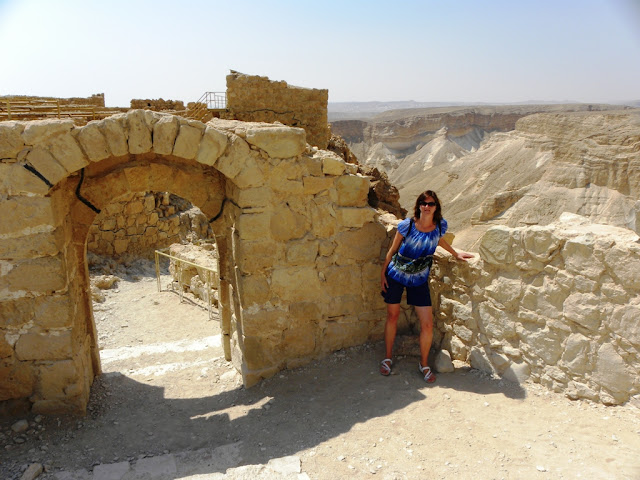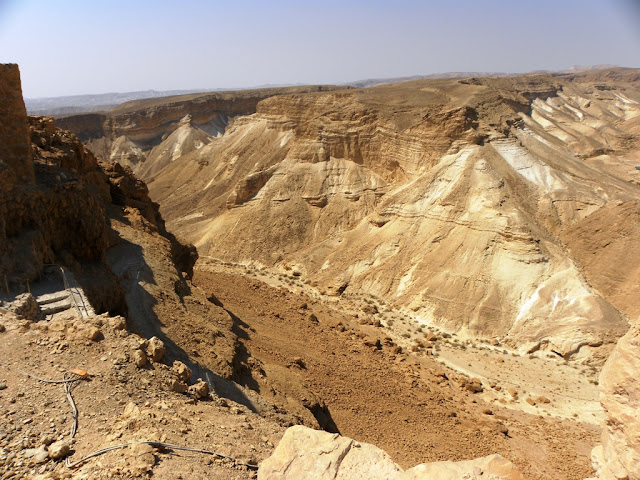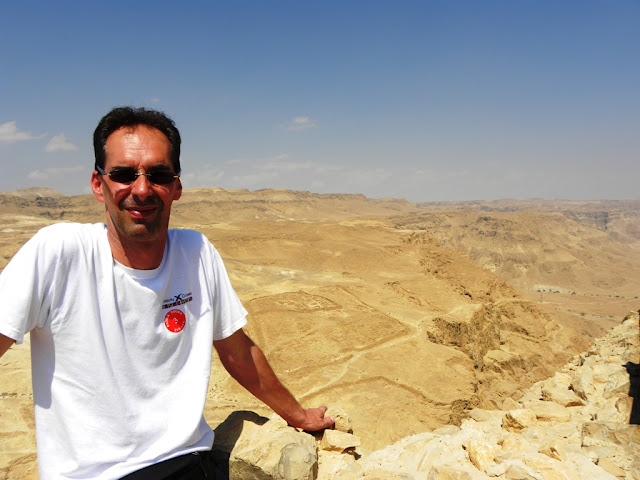Na de val van Jeruzalem in het jaar 70, vluchten duizend Joden door de Jedua woestijn met op hun hielen 3.000 Romeinse soldaten, die hen willen vangen voor slavernij. Onderweg vinden ze de 400 meter hoge heuvel van Masada, met het paleis van Koning Herodes. Toen Herodes deze vesting bouwde zijn vele mensen gestorven door in de afgrond te vallen. De plaatst stond ook bekend als gebied van de vliegende slaven. Via een smal pad bereiken de vluchtende Joden de top van de vesting en sluiten deze af voor de Romeinen. De onneembare vesting van Masada was voorzien voor een lang beleg en had voldoende water en voedselvoorraden. Alle aanvallen van de Romeinen werden afgeslagen, maar na drie jaar bezetting, slagen ze er in via een aangelegde brede brug uit aarde de achterkant van de heuveltop te bereiken. De avond voor de val van Masada roept de Joodse leider, Eleazar ben Yair zijn raad bij elkaar en ze beslissen dat het beter is te sterven dan slaven te zijn. Alle mannen doden hun vrouw en kinderen. Het lot bepaalt welke tien mannen de andere van de gemeenschap gaan doden. Zijzelf sterven als laatste en vallen op hun eigen zwaard. In de morgen toen de Romeinen de heuveltop bereikten, vonden ze enkel stilte en de dood. Ieder jaar worden deze gebeurtenissen door Israël herdacht en lopen Joodse soldaten van Jeruzalem door de woestijn naar Masada. Zij beklimmen de berg en zweren de eed dat Joden nooit meer slaven zullen zijn..











Return to main page












What a fantastic place! Love the perspective on top.
ReplyDeleteVery interesting history and sad too.Place of flying slaves -how apt.I now want to visit this place as it looks very unique.The pictures are beautiful.Thanks for sharing .
ReplyDeleteFilip, i am little busy because it is festival time here in India .Will be back to blogger as soon as possible.Thanks for stopping by :):)
Beautiful pictures. And as usual you always have some very untold stories to accompany the pictures!
ReplyDeleteInteresting photos ... fascinating landscapes ...
ReplyDeleteLG: Karin
How beautiful are your photos and written congratulations
ReplyDeleteBest regards from ...
Abstract text and Reflection.
So much history. Fantastic photos!
ReplyDeleteHello, Filip Demuinck.
ReplyDeleteThe view is filled up for refreshment.
The heart seems to be satisfied.
Thank you.
ruma
You look so tanned here...
ReplyDeleteBravery huh, death over slavery....wow!
Beautiful pictures
ReplyDeletelivescore
7m
Very amazing. This looks like such a wild and empty place. The place of the flying slaves. What an incredible piece of history this is. What a privelege to visit here
ReplyDelete